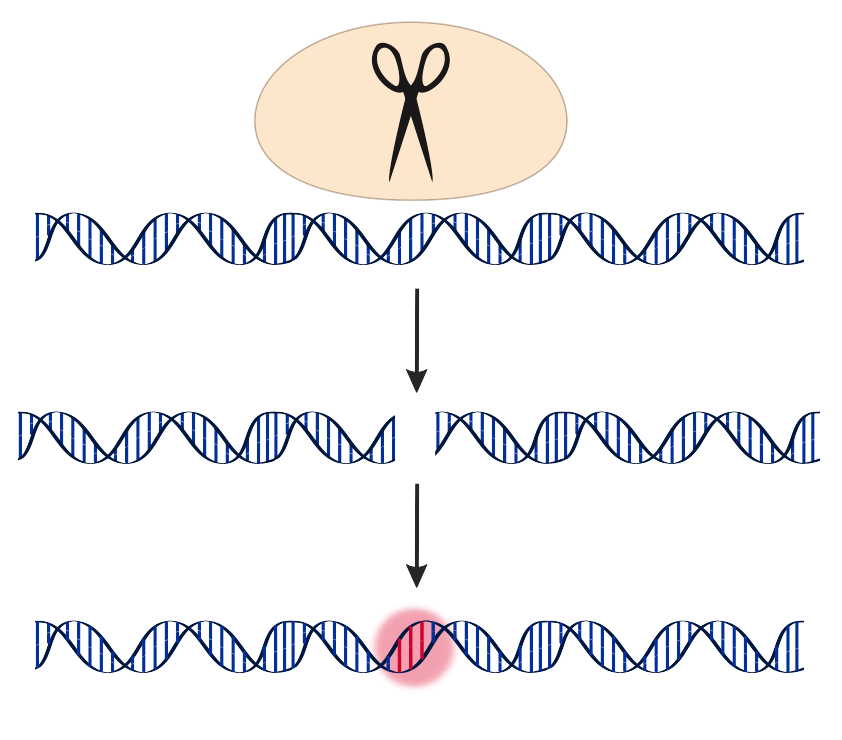This Company Wants to Rewrite the Future of Genetic Disease—Without Crispr Gene Editing
By Megan Molteni,
Wired
| 07. 07. 2020
Tessera Therapeutics is developing a new class of gene editors capable of precisely plugging in long stretches of DNA—something that Crispr can’t do.
CRISPR’S POTENTIAL FOR curing inherited disease has made headlines, including at WIRED, for years. ( Here, here, here, and here.) Finally, at least for one family, the gene-editing technology is turning out to deliver more hope than hype. A year after 34-year-old Victoria Gray received an infusion of billions of Crispr’d cells, NPR reported last week that those cells were still alive and alleviating the complications of her sickle cell disease. Researchers say it’s still too soon to call it a cure. But as the first person with a genetic disorder to be successfully treated with Crispr in the US, it’s a huge milestone. And with dozens more clinical trials currently in progress, Crispr is just getting started.
Yet for all its DNA-snipping precision, Crispr is best at breaking DNA. In Gray’s case, the gene editor built by Crispr Therapeutics intentionally crippled a regulatory gene in her bone marrow cells, boosting production of a dormant, fetal form of hemoglobin, and overcoming a mutation that leads to poor production of the adult form of the oxygen-carrying molecule...
Related Articles
By Jonathan Matthews, GMWatch | 12.11.2025
In our first article in this series, we investigated the dark PR tactics that have accompanied Colossal Bioscience’s de-extinction disinformation campaign, in which transgenic cloned grey wolves have been showcased to the world as resurrected dire wolves – a...
By Jenny Lange, BioNews | 12.01.2025
A UK toddler with a rare genetic condition was the first person to receive a new gene therapy that appears to halt disease progression.
Oliver, now three years old, has Hunter syndrome, an inherited genetic disorder that leads to physical...
By Simar Bajaj, The New York Times | 11.27.2025
A common cold was enough to kill Cora Oakley.
Born in Morristown, N.J., with virtually no immune system, Cora was diagnosed with severe combined immunodeficiency, a rare genetic condition that leaves the body without key white blood cells.
It’s better...
By Rachel Hall, The Guardian | 11.20.2025
Couples are needlessly going through IVF because male infertility is under-researched, with the NHS too often failing to diagnose treatable causes, leading experts have said.
Poor understanding among GPs and a lack of specialists and NHS testing means male infertility...




